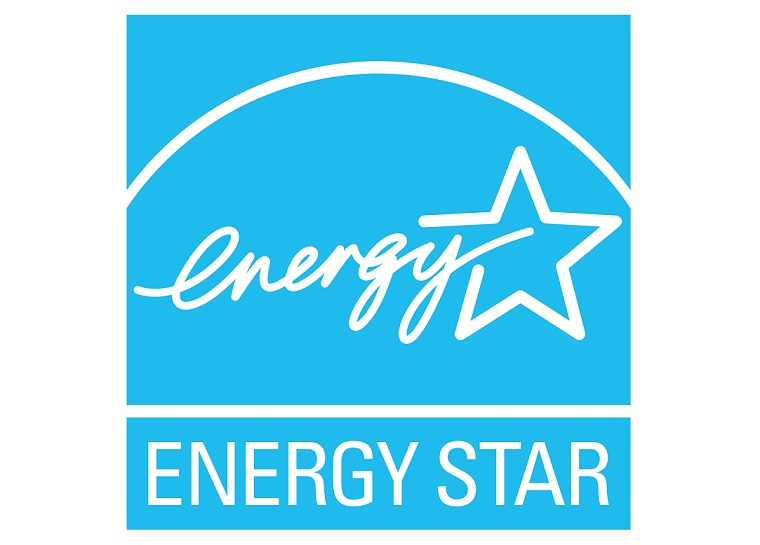Many more buildings qualify for ENERGY STAR Labels than ever before, but is it worth it?
An ENERGY STAR Label is an exclusive club for high-performing buildings. It’s the gold star of energy efficiency. However, it comes at a cost. First, the building owner has to benchmark and receive a score of 75 or above (or have a low enough kBtu usage for their specific building type). Second, they need to pay a Professional Engineer to walk through the building and verify the benchmark is correct. The average price for the site inspection is $2,000, and that’s only if the engineer doesn’t have to re-do your benchmark.
It’s a fair question to ask if getting an ENERGY STAR Label is worth the cost.
The short answer is - it depends.
But we are here for the long answer. Here’s what to keep in mind.
Building Use
If you are leasing the building out to tenants, such as an apartment building, an office building, or a strip mall, that ENERGY STAR Label sends a message to prospective tenants that their energy expenditure will be lower than in a non-ENERGY STAR Labeled building.
Statistics show that ENERGY STAR-certified buildings have 10% higher occupancy than others, and rent at a 3% to 16% premium.
Since most people don’t understand energy benchmarking, nor can they corroborate if the benchmark was done correctly, a Label is the only official method of confirming that yes, this building is as energy efficient as it claims to be.
With rising energy costs, an ENERGY STAR Label presents a great opportunity at savings for tenants, and a chance to charge higher rents.
Sales
Much like tenants, prospective buyers evaluate any number of factors when purchasing commercial property. The potential cost of capital investment and utility burden are two of those things. Understanding that their utility spend will be lower, they won’t have to immediately invest money to upgrade energy equipment, and they can charge higher rents, all translating into higher sales prices.
Data shows ENERGY STAR Labeled buildings sell at rates 1% - 31% more than their counterparts without labels.
Financing
Flashing an ENERGY STAR Label to a lender is a great way to improve your rate. The Label is a large green sign of responsible ownership, managed overhead, and strong NOI.
From ENERGY STAR, “As a result, these properties often secure better loan terms (longer interest-only periods) and lower interest rates (typically about 30 - 35 basis points) than similar non-labeled buildings.”
Avoiding Energy Audits
In places like Los Angeles, if a building has an ENERGY STAR Label for the year the audit is due, or 3 out of 5 of the previous years, they are exempt from the energy audit requirement. Considering audits cost a minimum of $5,000, getting the label is a great way to save money, time and hassle.
In summary, if you’re not renting the building out, selling it, getting a loan or trying to get out of unnecessary audits, then you probably don’t need an ENERGY STAR Label. But if you are, it’s a great way to reap the benefits of having an energy-efficient building.
